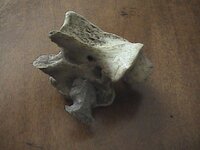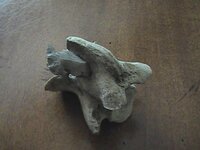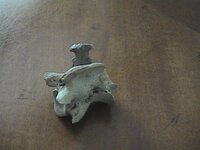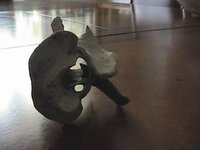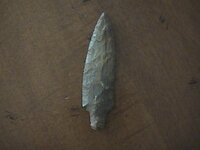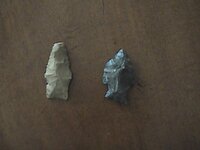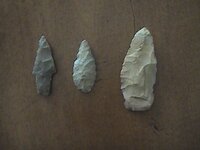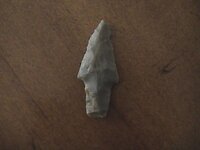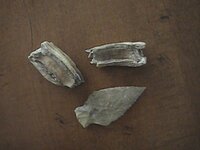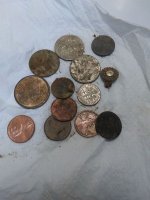This was given to me by a friend when I was a kid. Obviously he didn't know what he had and I never found out where it was found. It's been in a display case at my parent's for 20 years. Can somebody tell me what kind of point it is and what kind of bone it may be, I know its a spinal bone but I hope it's not human. I don't think I could ever sell it but I do wonder what it's worth.
Attachments
Upvote
0


